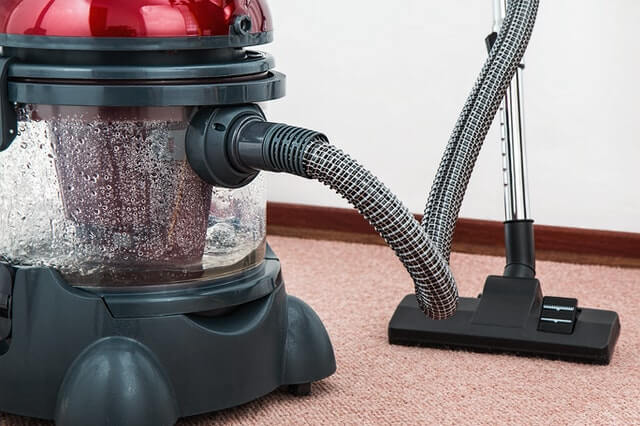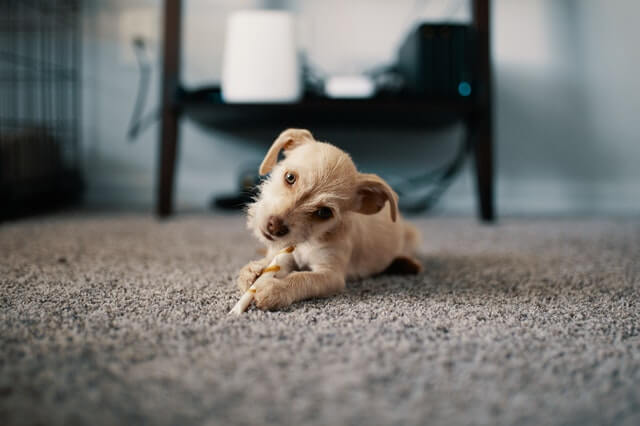Most (if not all) lease agreements state that when a tenant leaves after the end of his lease, the rented property must be in the same condition it was in when he moved in, excluding the normal wear and tear.
When a tenant moves in, the landlord or his representative must conduct a move-in inspection to record the unit’s condition. The new tenant is often present so that both parties are aware of how the property looked at the beginning of the lease. The landlord must write down the details and take photographic evidence of the property. Both parties must sign the evaluation.
The move-in evaluation will be a basis for checking the property’s condition at the end of the lease. If the property has damages beyond the normal wear and tear, the tenant would have to pay for the repairs, or the landlord can deduct it from his security deposit.
One of the things that may be an issue when it comes to this subject is the carpet. Who should pay to clean it? Is it considered normal wear and tear? When is the tenant responsible for it? These are the common questions landlords have about carpets.

Landlord Responsibilities on Carpet Cleaning
Standard carpet cleaning is the landlord’s responsibility in most cases unless otherwise stated on the lease agreement. It is usually included in the turnover costs of the landlord being the business owner.
In most cases where there was a dispute over a security deposit, courts have ruled that basic carpet cleaning is part of the measures of addressing normal wear and tear. It is prohibited in some states for landlords to withhold the deposit for basic cleaning.
Basic carpet cleaning is for carpets that don’t have any real damage and its cost does not go beyond the normal rate of a professional cleaner. If the carpet is simply dirty, the landlord should have it cleaned at his own expense. Cleaning carpets after a tenant moves out must be a standard turnover routine for landlords, because it’s also one of the ways they prepare the units for new tenants.
When Should Tenant Pay for Carpet Cleaning
The landlord can deduct the repair cost from the security deposit if the carpet showed damage beyond the normal tear.
If there are signs that the tenants abuse the carpeting and it got excessively dirty, cleaning costs can be deducted from the deposit. Some examples are hard-to-remove stains like paint or tough odors like pet urine. It would require more time and effort from the professional carpet cleaner, who will charge more than the basic cleaning rate. The landlord must provide receipts of the repair or cleaning along with the itemized list of security deposit deductions.

In instances where the lease agreement states that the tenant must get the carpet professionally cleaned at the end of the lease, it is a different story. The landlord could not deduct standard carpet cleaning from the deposit even if the tenant failed to have it cleaned. The costs can be recouped in another way.
Local laws are also a factor in determining if landlords can deduct carpet cleaning from the security deposit, so landlords need to familiarize themselves with state laws.
Conclusion
Basic carpet cleaning and other turnover work is the landlord’s responsibility because it’s part of managing their rental business. It is a standard practice that when a tenant vacates a rented unit, the landlord must prepare it first before a new tenant moves in. Cleaning is one way to prepare the unit, so it should be part of the turnover costs.

However, in cases when there is damage or excessive dirt that is clearly due to a tenant’s misuse or negligence, the cost of repair or cleaning may be at the tenant’s expense.
Landlords should not be afraid to spend on standard cleaning and repairs of their rental units because it would work to their advantage anyway. When their rental agent uploads photos of their clean units in their Padleads listing, it would attract more tenants to rent.